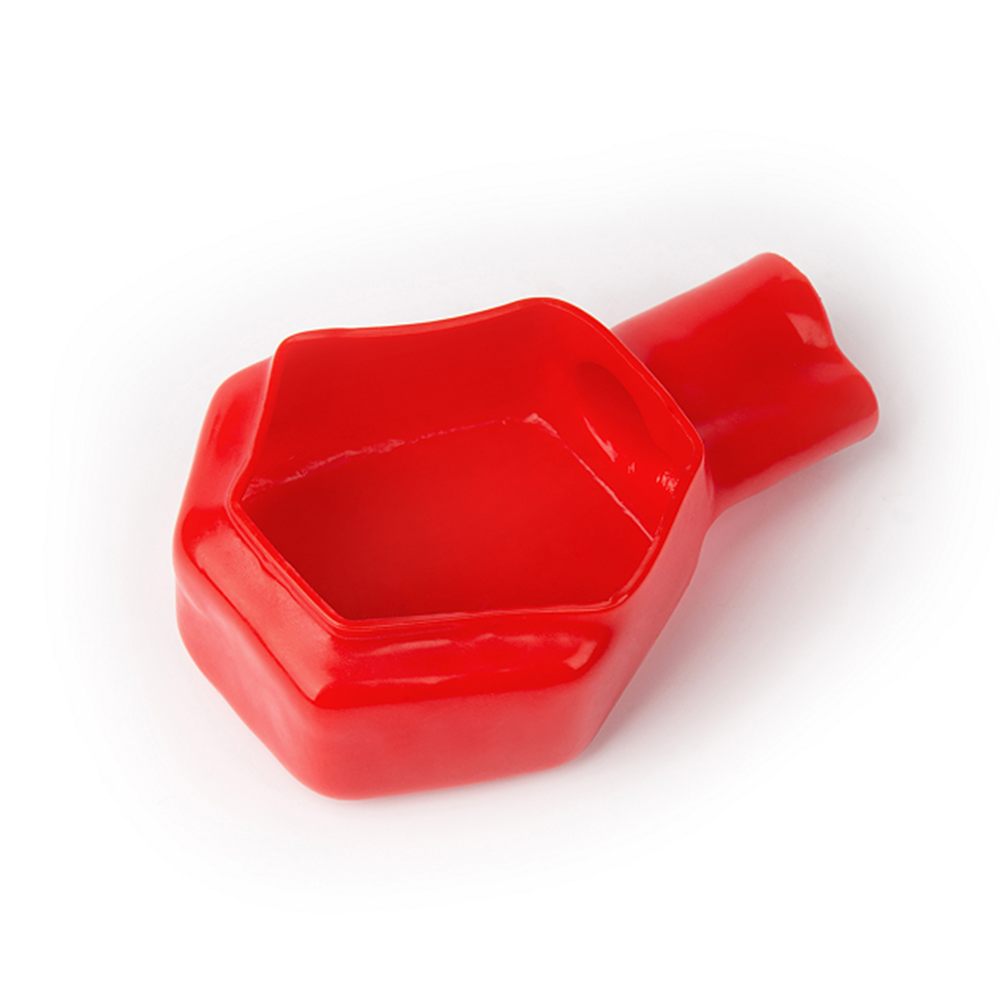


When the concentration of the sulfuric acid falls below a certain level, the battery has to be recharged. As the sulfuric acid is used up by the formation of lead sulfate, the concentration of the electrolyte solution reduces. There, the oxygen bonds with the hydrogen to form water (H 2O).The remaining lead (Pb) bonds with the sulfate (SO 4) from the electrolyte. Lead sulfate is also produced in the positive electrode: The bonding of oxygen (O 2) in the lead oxide (PbO 2) is broken by the transfer of electrons and the oxygen passes into the electrolyte.To compensate for this flow of electrons, sulfate ions travel from the electrolyte into the negative electrode, where they react with the lead (Pb) to produce lead sulfate (PbSO 4).At the same time, electrons (2e –) travel from the negative to the positive electrode via the external consumer.The electrolyte, a mixture of sulfuric acid (H 2SO 4) and distilled water decomposes into positively charged hydrogen ions (H +) and negatively charged sulfate ions (SO 4 2-).In this electro-chemical process, four materials react with each other:Ĭonnection of an external consumer starts the chemical reaction in the battery: Car battery function: Chemical energy becomes electrical energyĪ car battery stores energy in chemical form and converts it into electrical energy. Although AGM batteries still have “one-way plugs”, these must not be opened under any circumstances. Water does not need to be, and must not be topped up. Modern batteries are completely maintenance-free. In a conventional SLI battery, this is closed with a cover with a labyrinth system which prevents the battery fluid from escaping and separates the liquid from gas.Įarly batteries had screw plugs which enabled them to be topped up with distilled water. The cells are contained in a casing which is made from acid-resistant plastic (polypropylene). This means that the battery is designed for a higher charge throughput (continual charging and discharging process). However, if the space in the cell is used for fewer, but thicker plates, the cycle stability is increased. Rule of thumb: The more plates which a cell contains, and therefore form a larger surface, the larger the cold start power (CCA) which the battery can deliver. The capacity and the cold start capability of the battery results from the number of plates per cell. A plate block is a battery cell.Ī conventional starter battery consists of 6 cells connected in series, each with a nominal voltage of 2 V, which results in a voltage of exactly 12.72 V when the battery is fully charged. Together, a negative and a positive plate set form a plate block.

Several positive electrodes form a positive plate set and several negative electrodes form a negative plate set. This electrolyte can be in liquid form (as in conventional wet batteries or in the enhanced EFB technology), in gel form, or bound in a glass mat (as in AGM technology for newer start-stop applications). The electrolyte is a mixture of sulfuric acid (H 2SO 4) and distilled water. The electrodes with different charges are separated by a separator bag.
#Metal trminal cap for car bettery drivers
Many drivers become aware of the heavy weight of car batteries when they buy a new one. But how is a battery constructed and how does it work? Lead-acid batteries: Components and structure In addition to the starter motor, the spark plugs, glow plugs, lights and electronic applications all require electrical energy. The traditional function of the battery in the engine compartment is well known: Without the battery the vehicle cannot be started.


 0 kommentar(er)
0 kommentar(er)
